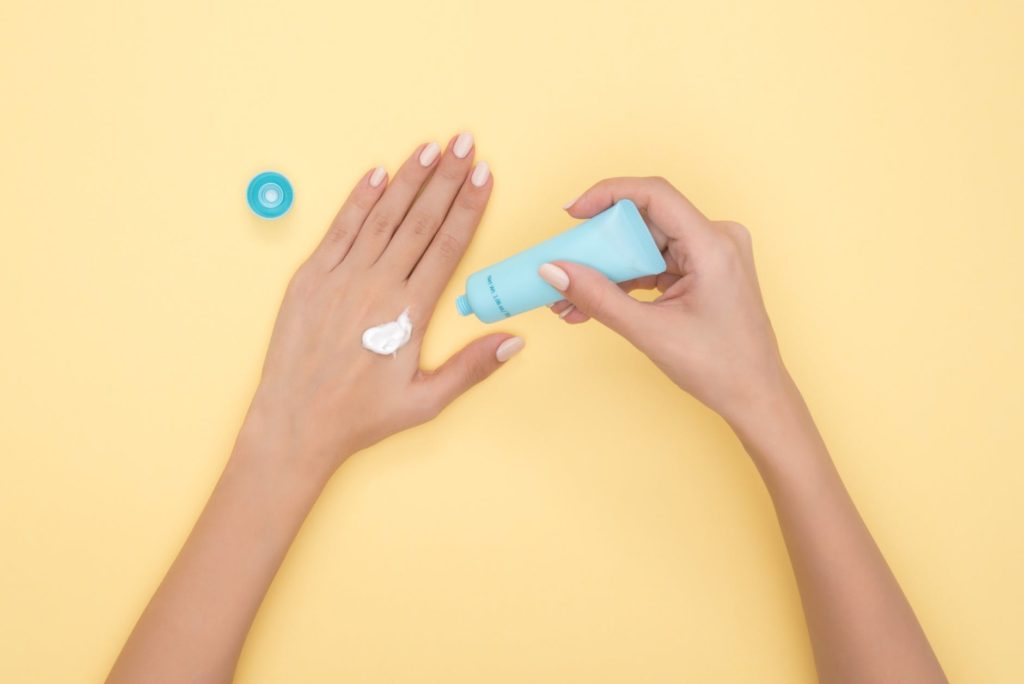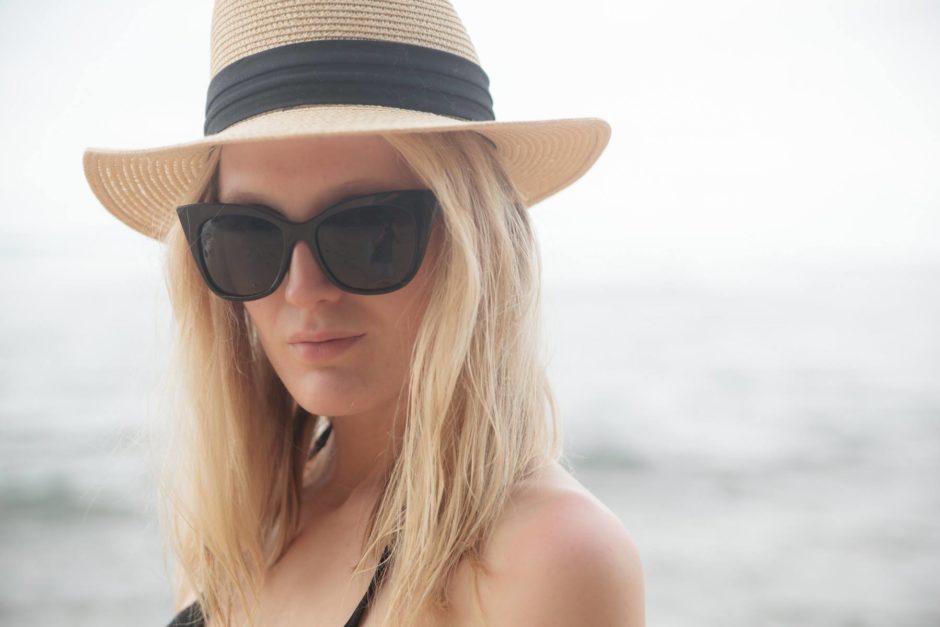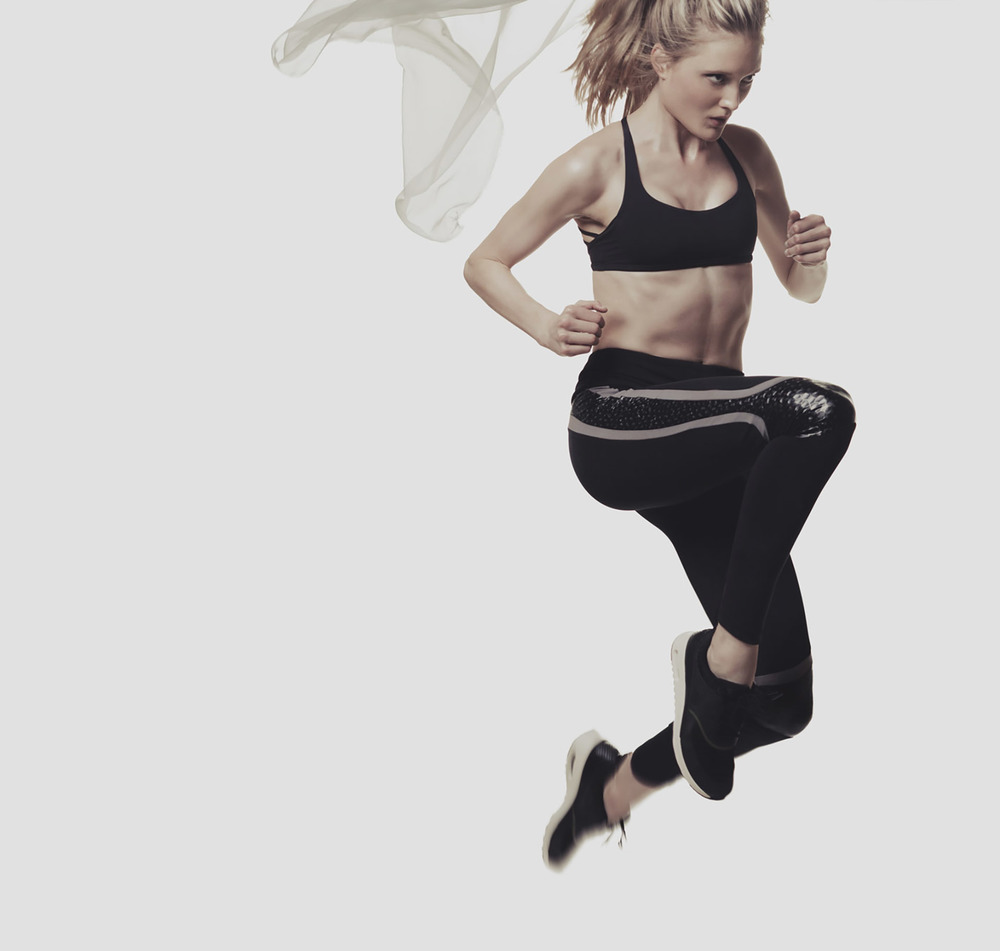Medical professionals and skin care experts alike can all agree that wearing sunscreen daily and year-round is non-negotiable. Not only is protecting yourself from the sun crucial for overall health, it’s also a major piece of the anti-aging puzzle. Here’s what you need to know.
TERMINOLOGY
The sunlight that reaches our skin made up of two types of harmful rays: ultraviolet A (UVA) and ultraviolet B (UVB).
UVA
- Think UVA = aging rays.
- UVA rays penetrate the dermis, which is the second layer of skin under the epidermis.
UVB
- Think UVB = burning rays.
- UVB rays penetrate the epidermis, which is the uppermost layer of the skin.

SPF
SPF stands for sun protection factor, which indicates how much protection a product offers against UVB light. According to Medical News Today, “By law, a sunscreen product’s label must include a sun protection factor (SPF) number to indicate the level of protection from UVB rays, and state whether or not it has passed a broad-spectrum test against the sun’s ultraviolet (UVA) radiation.”
Broad-Spectrum
Broad-spectrum sunscreens protect the skin from both UVB and UVA rays. Be sure to always purchase and use a broad spectrum sunscreen.

WHAT ARE MY OPTIONS? CHEMICAL vs. PHYSICAL
Physical
Physical sunscreens contain active mineral ingredients, such as titanium dioxide or zinc oxide, which work by sitting on top of the skin to deflect and scatter damaging UV rays away from the skin.
Benefits of using a physical sunscreen:
- Blocks both UVA and UVB rays. (Note: ALL physical sunscreens are broad spectrum)
- Works immediately upon application.
- Unlikely to irritate the skin, making it a more suitable option for sensitive skin types.
- Unlikely to clog pores as it sits primarily on the surface of the skin.
- Can limit rosacea flare-ups and irritation as it deflects heat from the skin.
- Long shelf life.
- Note: specific types of clothing can be a simple and effective way to physically protect your skin from sun exposure. For more specific information, read this article by The Skin Cancer Foundation.
Potential problems associated with physical sunscreen:
- Can be rubbed off more easily than chemical sunscreen, especially when it comes in contact with water or sweat (requiring reapplication).
- Often leaves white streaks on the skin requiring more effort to fully rub in.
- Not always suitable for use under makeup because of its white cast and texture.
- May be less protective if not properly applied to all areas of the skin.
Chemical
Chemical Sunscreens contain organic (carbon based) compounds, such as octisalate, oxybenzone, octinoxate and avobenzone, which create a chemical reaction and work by changing UV rays into heat, then releasing that heat from the skin.
Benefits of using chemical sunscreens include:
- Thinner formulations. Consistency makes application easier.
- Limited streaking and white cast.
- Less needed to cover large areas of the skin as it spreads easily.
- Is more resistant to sweat or water compared to a physical sunscreen making it more appealing to those with active lifestyles.
Potential drawbacks of chemical sunscreen:
- Efficacy starts 20 minutes after application to the skin requiring some planning.
- More likely to irritate the skin (higher SPF formulations tend to be more irritating)
- Protection levels begin to drop when in direct UV light, necessitating more frequent reapplication.
- Increased chance of redness in rosacea-prone skin.
- Has the potential to clog the pores, and thus exacerbate acne.
- Often can drip into the eyes causing stinging and irritation.
- Some chemical sunscreens are not considered “reef safe” meaning they damage the oceanic ecosystem. States like Hawaii have banned the use of sunscreens that contain chemicals deemed damaging to coral reefs and ocean biodiversity.
TIPS & TRICKS
Did you know most people only apply 25-50 percent of the recommended amount of sunscreen? It’s absolutely imperative that you apply enough and at the correct frequency.
Here are a few crucial pointers:
- Apply enough sunscreen to cover all skin that’s exposed. Most adults need about 1 ounce (enough to fill a shot glass) to fully cover their body.
- Don’t forget to apply to the tops of your feet, neck, ears and scalp.
- Apply sunscreen to dry skin 15 minutes before going outdoors.
- Don’t forget to protect your lips with a lip balm or lipstick that contains sunscreen with an SPF of 30 or higher.
- When outside, reapply sunscreen approximately every two hours, or after sweating or swimming, according to the directions on the bottle.
In addition:
Eyes
- Sunlight reflecting off water, snow or sand further increases exposure to UV radiation which can increase your risk of developing eye problems. Certain sunglasses can help protect your eyes. Be sure choose sunglasses labeled with a UVA/UVB rating of 100% to get the most UV protection.
PRODUCTS I USE DAILY
- EltaMD UV Clear Facial Sunscreen, SPF 46 – my go-to daily facial sunscreen that sits beautifully under makeup.
- Supergoop Defense Refresh Setting Mist, SPF 50 – an SPF setting spray, perfect for topping up protection on your face, neck and décolleté throughout the day.
- SkinMedica Essential Defense Mineral Shield, SPF 32 – I use this tinted moisturizer in addition to my SPF above.
- Supergoop Everyday Sunscreen, SPF 50 – a moisturizing and simple sunscreen that can be used head to toe.
- COOLA Organic Sunscreen Spray, SPF 30 – the most convenient for poolside, beach front or before a sweaty run. I love this water-resistant formulation. In addition, COOLA also makes a beautiful tinted moisturizer and stunning SPF lip tints.
- Supergoop Fusion Lip Balm, SPF 30 – lips are often overlooked in the SPF equation, but this silky balm makes it easy and enjoyable to stay protected.
In conclusion:
It’s important to remember that all skin tones and types are subject to damage by UV radiation. So regardless of your ethnic background, please take care to protect your beautiful skin from the sun.
…and finally
You can use the most touted and efficacious anti-aging creams and potions on the market, but if you’re not using sun protection daily, you’re essentially throwing money down the drain. For the health (and beauty) of your skin, take sun protection seriously.






No Comments